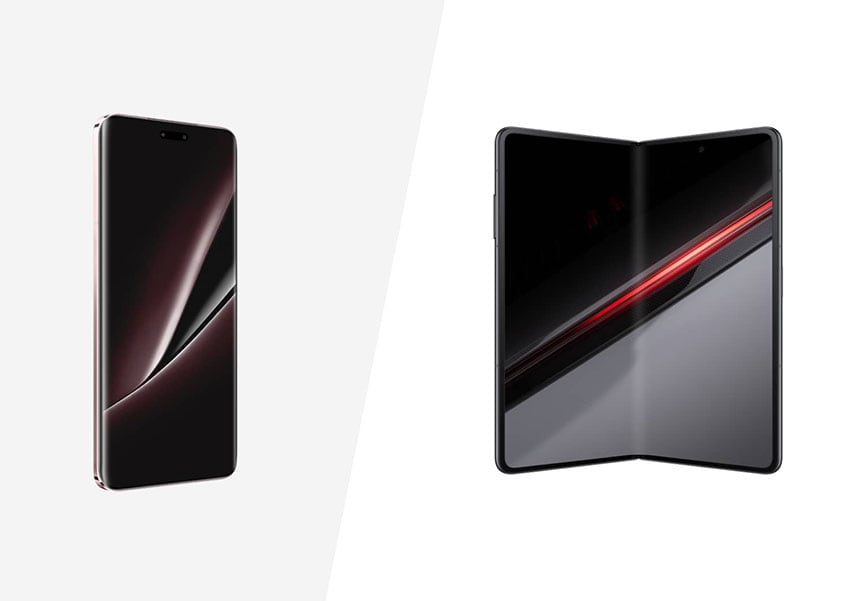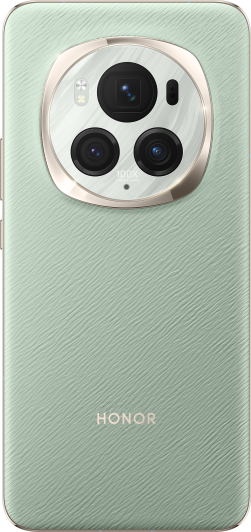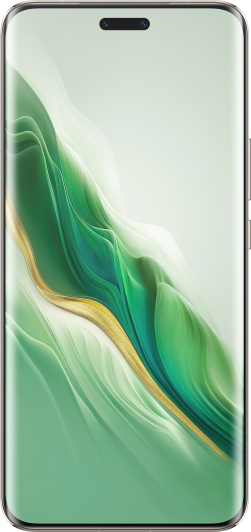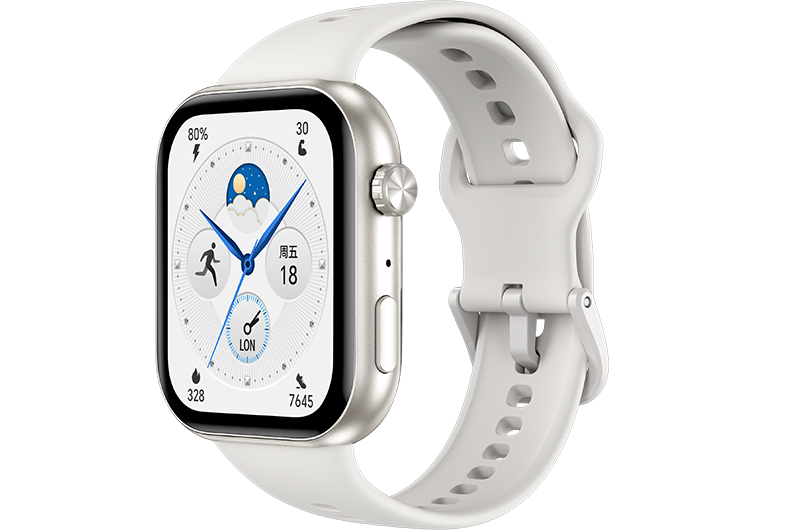TOP

我的荣耀 开启荣耀之旅
To log in to your account, you must first agree to the HONOR PLATFORM TERMS OF USE and HONOR Platform Privacy Statement . If you do not agree, you may only browse the site as a guest.
*You can unsubscribe at any time, Please see our Privacy Statement for details.

How Many Types of Display in Mobile: Decoding Types
The mobile display realm is an intriguing landscape, showcasing a variety of technologies shaping our daily smartphone encounters. Spanning LCD to OLED, AMOLED, and innovative foldable displays, each type introduces distinct features and advantages. In this comprehensive guide, we will unravel the mysteries as to how many types of display in mobile, understanding their differences, and exploring the nuances that define our visual interaction with mobile devices.
What Are the Different Types of Phone Displays?
In this section, we will explore how many types of display smartphones have, and how each kind of display works:
LCD
LCD, or Liquid Crystal Display, has been a longstanding technology in the realm of phone displays. It operates by utilizing a backlight source that passes through liquid crystals to create images on the screen. While LCDs offer vibrant colors and good visibility in well-lit conditions, they have limitations when it comes to contrast ratios and blacks. The entire screen is backlit, leading to challenges in achieving true black colors, which can impact overall image quality.
OLED
OLED, or Organic Light Emitting Diode, represents a significant leap forward in display technology. Unlike LCDs, OLEDs don't rely on a backlight. Instead, each pixel in an OLED display emits its light when an electric current is applied. This not only allows for more precise control over individual pixels but also contributes to better contrast ratios and deeper blacks. OLEDs are known for their vibrant colors and improved energy efficiency compared to traditional LCDs.
AMOLED
AMOLED, or Active Matrix Organic Light Emitting Diode, takes OLED technology to the next level by incorporating an active matrix to control each individual pixel. This results in enhanced performance, faster refresh rates, and improved image quality. AMOLED displays are known for their vibrant and saturated colors, deep blacks, and higher contrast ratios. The active matrix technology allows for more precise control over each pixel, contributing to an overall superior visual experience. Also, one good example is having an HONOR 90 that introduces the cutting-edge AMOLED display, elevating your visual experience.
Foldable Displays
Foldable displays represent the cutting edge of mobile technology. These screens can bend or fold, providing users with a versatile device that combines the portability of a smartphone with the expansive display of a tablet. The technology behind foldable displays is continually evolving, promising exciting possibilities for the future of mobile devices. The HONOR Magic V2 sets a new benchmark, seamlessly blending cutting-edge technology with a sleek design to enhance every facet of your smartphone interaction. Experience innovation featuring its foldable OLED inner screen with an impressive 120 Hz refresh rate.
How Are These Phone Displays Different From Each Other?
While LCDs, OLEDs, and AMOLEDs all contribute to our visual experiences, it's essential to understand their unique features.
Individual Pixel Control
1. LCD
Traditional LCDs do not offer individual pixel control. The entire screen is illuminated by a backlight, and liquid crystals control the passage of light to create images. As a result, each pixel cannot emit its own light independently.
2. OLED
OLED displays provide individual pixel control, allowing each pixel to emit its own light. This capability leads to more accurate and vibrant colors, as well as the ability to achieve true blacks by turning off individual pixels completely.
3. AMOLED
AMOLED is a type of OLED display that uses an active matrix to control each individual pixel such as in HONOR Magic6 Lite, which has a 6.78"AMOLED Display. This active matrix, usually a thin-film transistor (TFT) layer, allows for faster and more precise control of individual pixels. This results in better performance in terms of refresh rates and color accuracy.
4. Foldable Displays
Foldable displays, whether OLED or AMOLED, have the added challenge of maintaining individual pixel control across the foldable or flexible area. Manufacturers use specialized materials and technologies to ensure that pixels remain functional even when the display is bent or folded.
Contrast Ratio and Blacks
1. LCD
LCDs generally have lower contrast ratios compared to OLED and AMOLED displays. This is because LCDs use a backlight to illuminate pixels, which means that even the darkest parts of an image are somewhat lit by the backlight, leading to "lighter" blacks or grayish tones instead of true black.
2. OLED
OLED displays can achieve higher contrast ratios as each pixel can be turned off independently. The ability to produce true blacks enhances the contrast ratio, resulting in more vibrant and lifelike images.
3. AMOLED
AMOLED displays, like OLEDs, can achieve infinite contrast ratios for the same reason: each pixel emits its own light and can be turned off completely to display true black. The active matrix component of AMOLEDs allows for more precise control over the pixels, potentially enhancing the display's performance in terms of contrast and response time. The individual pixel illumination leads to excellent contrast ratios and deep blacks.
4. Foldable Displays
Foldable phone displays are typically based on OLED or AMOLED technology, which means they inherit high contrast ratios and the ability to display true blacks. The foldable aspect of these displays does not affect the contrast ratio or black levels, as these characteristics are determined by the pixel technology rather than the display's ability to fold.
Energy Efficiency and Flexibility
1. LCD
● LCDs are generally less energy-efficient than OLEDs. The backlight is always on, consuming a consistent amount of power regardless of the content being displayed.
● LCDs are rigid and less flexible, limiting design possibilities for devices such as foldable smartphones.
2. OLED
● OLED displays are more energy-efficient compared to LCDs because each pixel emits its own light, and power is only consumed where needed. When displaying dark or black content, corresponding pixels can be turned off, saving energy.
● OLED displays are flexible, allowing for innovations such as curved or foldable screens.
3. AMOLED
● Similar to OLEDs, AMOLED displays are also more energy-efficient when showing darker content for the same reasons. The active matrix technology in AMOLEDs can lead to better power management and potentially more energy-efficient pixel control, especially in dynamic content with varied brightness levels.
● AMOLED displays can also be built on flexible substrates, making them suitable for flexible and foldable devices.
4. Foldable Displays
Foldable displays, by their nature, require flexibility. Both OLED and AMOLED technologies are well-suited for foldable devices, as they can bend without compromising the functionality of individual pixels.
Conclusion
In conclusion, the mobile display landscape offers a variety of technologies, each with its own strengths and weaknesses. “How many types of display in mobile?” From the vibrant OLEDs, and AMOLEDs to the cost-effective LCDs and innovative foldable displays, there's a display type to suit every preference. Understanding the nuances of each display type empowers consumers to make informed decisions tailored to their needs. As we embrace the future, the ongoing evolution of mobile displays will continue to revolutionize our communication and entertainment. Stay ahead of the curve—explore, compare, and choose the display technology that aligns with your digital lifestyle, and witness firsthand the transformative power of the latest advancements in mobile display technology.
FAQ
How do I know my mobile screen type?
To identify your mobile screen type, check the device specifications on the manufacturer's website, or download a reliable third-party app designed to provide detailed information about your device's hardware, including the screen type.
Which display has the best picture quality?
AMOLED displays generally offer the best picture quality due to their individual pixel control, high contrast ratios, and vibrant colors. However, personal preferences and usage scenarios may influence the perceived "best" display.
Which display is best for the eyes?
AMOLED displays, with their ability to emit less blue light and offer better contrast, are often considered more eye-friendly. However, factors like screen brightness and viewing distance also play a role in eye comfort.
How can I protect my mobile screen from damage?
To protect your mobile screen, consider using a tempered glass screen protector and a durable phone case. Additionally, avoid exposing your device to extreme temperatures, and be mindful of placing it in pockets with keys or other potentially abrasive items. Regularly clean the screen to prevent scratches.
Source: HONOR Club

Subscribe For Updates - Special Offers And More.
By providing your email address, you consent to receive the latest offers and information on Honor products, events and services through email or advertisement on third-party platforms. You can unsubscribe anytime according to Chapter 5 of HONOR Platform Privacy Statement.
Consumer hotline

80004444408 Monday to Sunday,9:00am-9:00pm
ae.support@honor.com
Copyright © HONOR 2017-2025.All rights reserved.
We use cookies and similar technologies to make our website work efficiently, as well as to analyze our website traffic and for advertising purposes.
By clicking on "Accept all cookies" you allow the storage of cookies on your device. For more information, take a look at our Cookie Policy.
Functional cookies are used to improve functionality and personalization, such as when playing videos or during live chats.
Analytical cookies provide information on how this site is used. This improves the user experience. The data collected is aggregated and made anonymous.
Advertising cookies provide information about user interactions with HONOR content. This helps us better understand the effectiveness of the content of our emails and our website.




























































